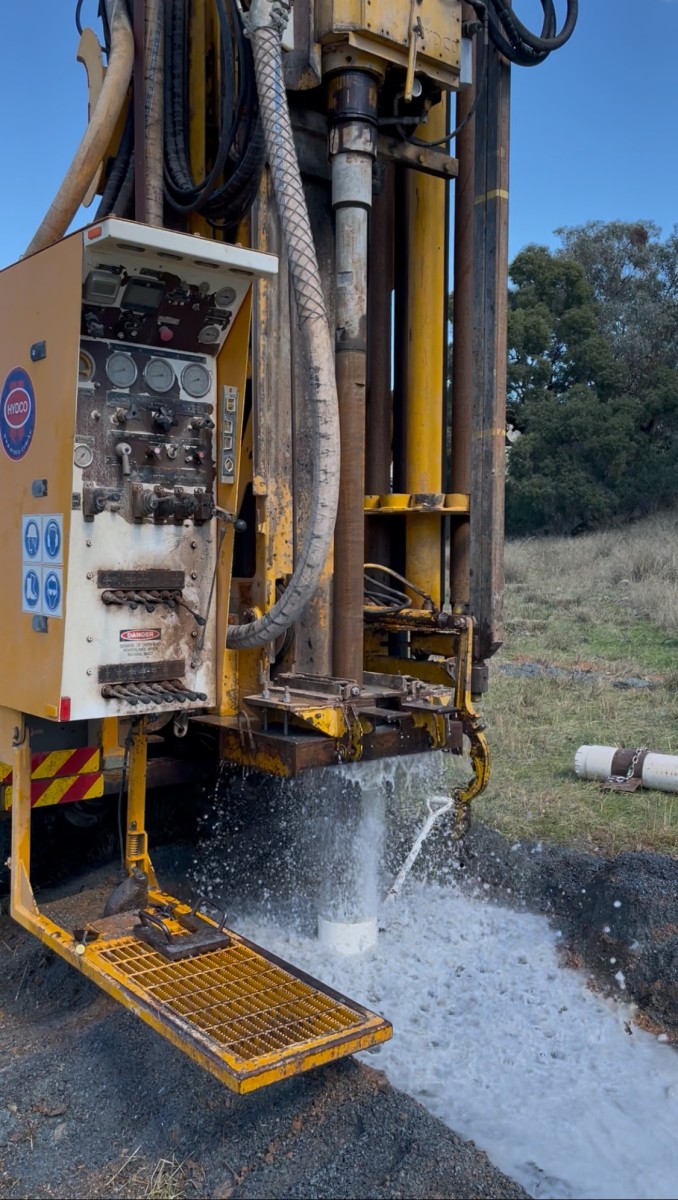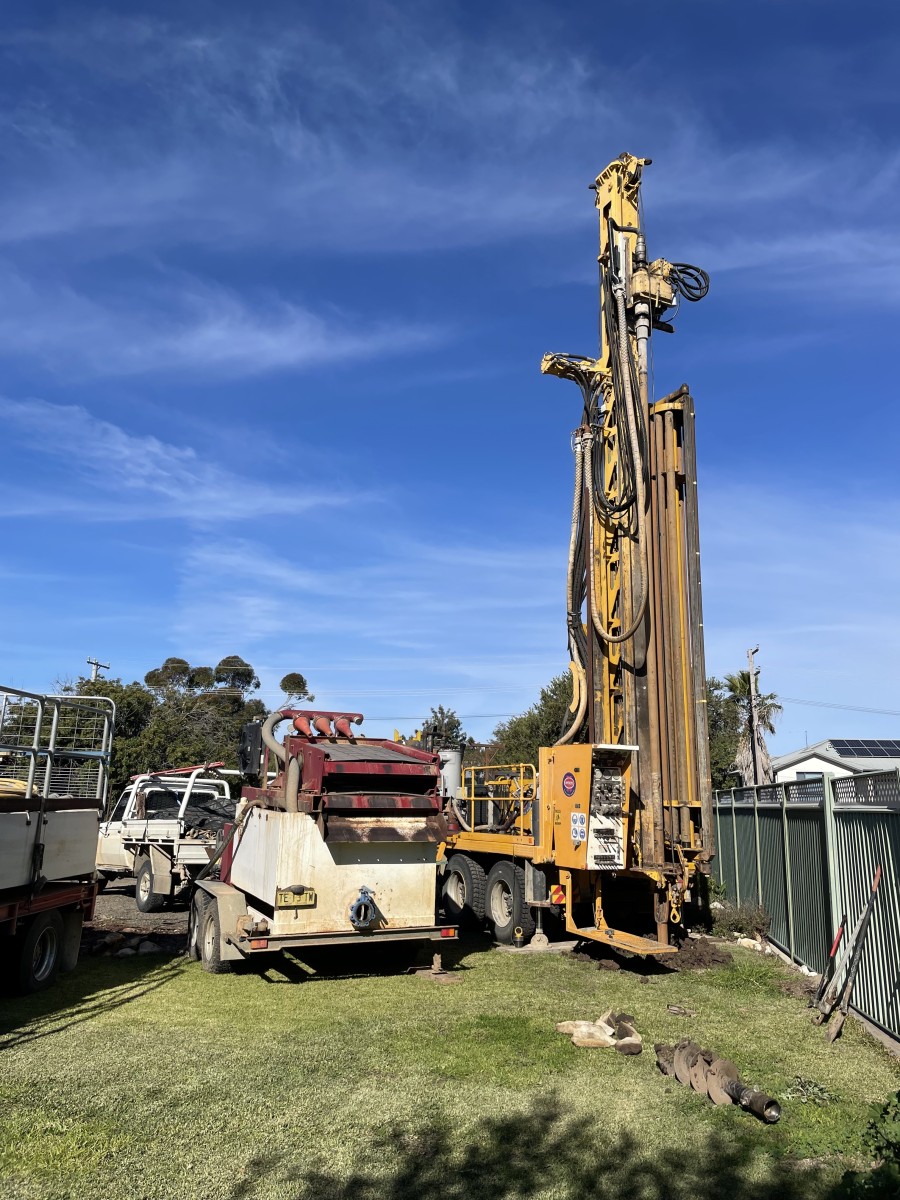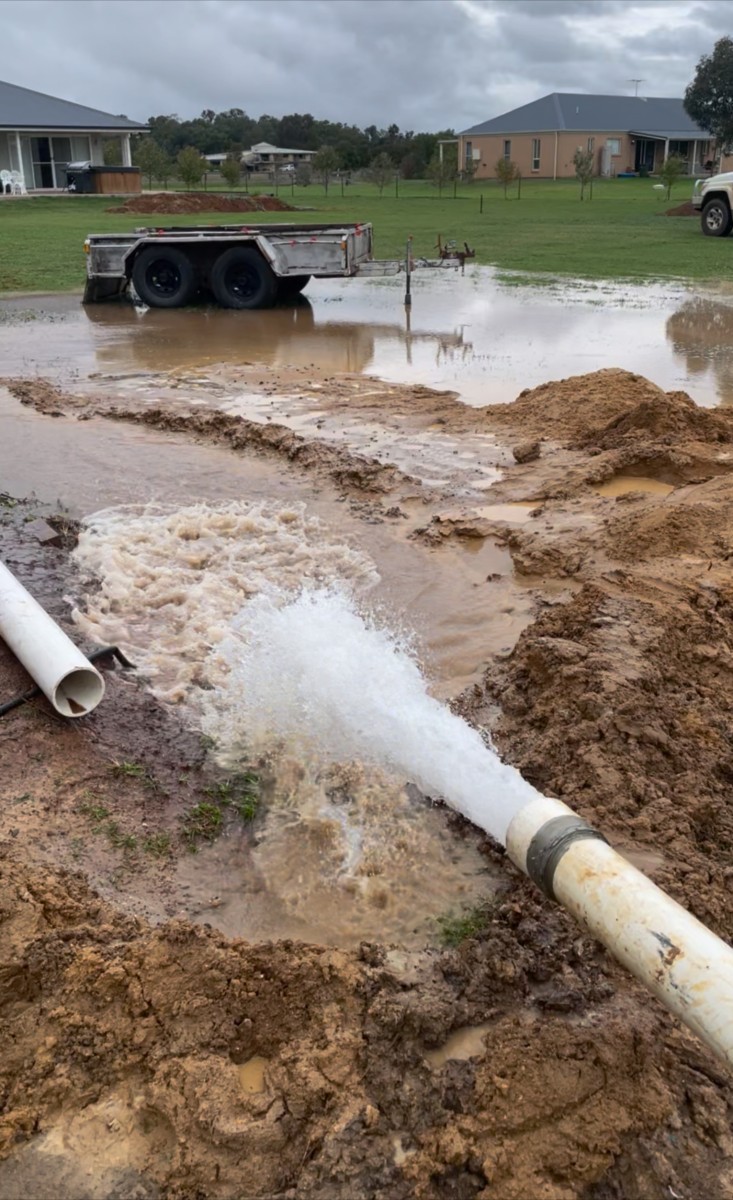Matthew & Sons Drilling Services Pty Ltd
Based in the Inverell and Narrabri, NSW, Matthew & Sons Drilling Services Pty Ltd holds: NSW Class 6, QLD Class 3, and VIC Class 3 drillers licence, servicing all areas in and around Inverell, Narrabri and New England/north west plains regions of northern NSW. We specialise in stock and domestic (basic landholder rights) bores; irrigation bores, environment and investigation/observation bores in all types of formations, including alluvial gravel and rock.




